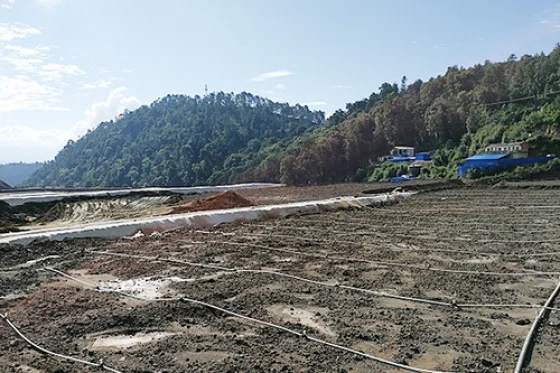
In the mining industry, the cyanideleaching process remains one of the most widely used methods for extracting gold from ores. This process is based on the ability of cyanide ions to form soluble complexes with gold, allowing it to be separated from the ore matrix. However, the efficiency of this process, particularly the recovery of gold, is highly dependent on several key parameters. Understanding these parameters and their impact on gold recovery is crucial for optimizing the cyanide leaching process and ensuring economic viability.
Cyanide Concentration
The concentration of cyanide in the leaching solution is a fundamental parameter that significantly affects gold recovery. A higher cyanide concentration generally leads to a faster dissolution rate of gold. This is because an increased cyanide concentration provides more cyanide ions available to react with gold, driving the chemical reaction forward. For example, in a typical cyanide leaching system, increasing the cyanide concentration from 0.05% to 0.1% can result in a notable increase in the rate of gold dissolution. However, there is an optimal cyanide concentration beyond which further increases do not proportionally enhance gold recovery. Excessive cyanide concentration can lead to several issues. Firstly, it can cause the formation of unwanted side reactions. For instance, other metals present in the ore, such as copper, zinc, and iron, may also react with cyanide, consuming cyanide and reducing its availability for gold extraction. Secondly, high cyanide concentrations increase the cost of the process due to the need for more cyanide reagent. Additionally, it poses environmental risks as cyanide is a highly toxic substance, and higher concentrations require more stringent safety and environmental management measures.
PH Value
The pH of the leaching solution plays a vital role in the cyanide leaching process. The optimal pH for gold cyanidation typically ranges from 9.5 to 11. At this alkaline pH range, cyanide exists mainly in the form of free cyanide ions (CN-), which are the most reactive species for gold dissolution. Maintaining the appropriate pH is crucial because in acidic conditions, hydrogen cyanide (HCN) gas can be formed. HCN is volatile and highly toxic, not only posing a significant safety hazard to workers but also reducing the amount of available cyanide for gold extraction. On the other hand, if the pH is too high, the solubility of some metal hydroxides may increase, which can lead to the formation of precipitates that can coat the gold particles, hindering the contact between cyanide and gold and thus reducing the gold recovery rate. For example, in ores containing significant amounts of iron, at high pH values, iron hydroxide precipitates may form and encapsulate gold particles, making them inaccessible to cyanide.
Leaching Time
The length of the leaching time is another critical parameter that directly impacts gold recovery. Generally, as the leaching time increases, more gold is dissolved and recovered. Initially, the rate of gold dissolution is relatively fast as fresh cyanide reacts with exposed gold surfaces. However, over time, the rate of gold extraction gradually decreases. This is because as the reaction proceeds, the gold particles become smaller, and the surface area available for reaction decreases. Also, the concentration of cyanide in the solution decreases as it is consumed in the reaction, and the accumulation of reaction products can slow down the reaction rate. For example, in a well - designed cyanide leaching circuit, it may take 24 - 48 hours to achieve a high level of gold recovery. But if the leaching time is too short, a significant amount of gold may remain unextracted. Conversely, extending the leaching time beyond the optimal point may not result in a substantial increase in gold recovery but will increase operational costs, such as energy consumption for agitation and pumping, and may also lead to the degradation of the cyanide solution due to longer exposure to air and other environmental factors.
Temperature
The temperature of the leaching process also affects the gold recovery rate. Increasing the temperature generally accelerates the chemical reaction between cyanide and gold, leading to a higher rate of gold dissolution. Higher temperatures increase the kinetic energy of the reactant molecules, allowing them to collide more frequently and with greater energy, thus promoting the reaction. However, the impact of temperature is also subject to limitations. In practice, the temperature is usually kept within a moderate range, typically around 20 - 30°C. This is because raising the temperature significantly requires additional energy input, which increases operating costs. Moreover, at higher temperatures, the volatility of cyanide increases, leading to greater losses of cyanide through evaporation. Additionally, high temperatures can enhance the reactivity of other components in the ore, resulting in more side reactions that consume cyanide and reduce the efficiency of gold extraction. For example, in some ores containing sulfide minerals, higher temperatures can cause the oxidation of sulfides, which not only consumes oxygen and cyanide but also may generate sulfuric acid, which can lower the pH of the leaching solution and disrupt the cyanidation process.
Oxygen Availability
Oxygen is an essential component in the cyanide leaching of gold. The reaction between gold, cyanide, and oxygen can be represented by the following chemical equation: 4Au + 8NaCN + O₂+ 2H₂O → 4Na[Au(CN)₂]+ 4NaOH. Adequate oxygen supply is crucial for driving this reaction forward. In the leaching process, oxygen can be introduced through aeration, either by bubbling air or pure oxygen into the leaching solution. The rate of oxygen transfer to the reaction site affects the rate of gold dissolution. If the oxygen supply is insufficient, the reaction will be limited, and the gold recovery rate will decrease. However, an excessive supply of oxygen can also lead to problems. For example, in some cases, excessive oxygen can cause the oxidation of cyanide to cyanate (CNO⁻) or other higher - oxidation - state compounds, reducing the amount of available cyanide for gold extraction. Additionally, in ores containing certain types of sulfide minerals, excessive oxygen can cause over - oxidation of sulfides, which may generate sulfuric acid and other by - products that can interfere with the cyanidation process.
In conclusion, the cyanide leaching process for gold extraction is a complex system influenced by multiple key parameters. Cyanide concentration, pH value, leaching time, temperature, and oxygen availability all interact to determine the efficiency of gold recovery. Mining operators need to carefully optimize these parameters based on the characteristics of the ore being processed. By precisely controlling these factors, it is possible to maximize gold recovery while minimizing costs and environmental impacts, ensuring the long - term sustainability of gold mining operations.p
- Random Content
- Hot content
- Hot review content
- Caustic soda Flakes NaOH 96%-99% Sodium hydroxide
- Flexible Customer and Supplier Relations Specialist:Location: Laos
- Unlocking the Power of Mineral Processing Chemicals: Enhancing Efficiency and Sustainability
- Collector BLK-301/Composite Flotating Active Matter ≥60%
- Ammonium Chloride 99.5% Mining Collector
- Ammonium Nitrate Porous Prills
- 2-Hydroxyethyl acrylate (HEA)
- 1Discounted Sodium Cyanide (CAS: 143-33-9) for Mining - High Quality & Competitive Pricing
- 2China's New Regulations on Sodium Cyanide Exports and Guidance for International Buyers
- 3Sodium Cyanide 98% CAS 143-33-9 gold dressing agent Essential for Mining and Chemical Industries
- 4International Cyanide(Sodium cyanide) Management Code - Gold Mine Acceptance Standards
- 5China factory Sulfuric Acid 98%
- 6Anhydrous Oxalic acid 99.6% Industrial Grade
- 7Oxalic acid for mining 99.6%
- 1Sodium Cyanide 98% CAS 143-33-9 gold dressing agent Essential for Mining and Chemical Industries
- 2High Quality 99% Purity of Cyanuric chloride ISO 9001:2005 REACH Verified Producer
- 3Zinc chloride ZnCl2 for High Molecular Weight Polymers Initiator
- 4High Purity · Stable Performance · Higher Recovery — sodium cyanide for modern gold leaching
- 5High Quality Sodium Ferrocyanide / Sodium Hexacyanoferr
- 6Gold Ore Dressing Agent Safe Gold Extracting Agent Replace Sodium Cyanide
- 7Sodium Cyanide 98%+ CAS 143-33-9

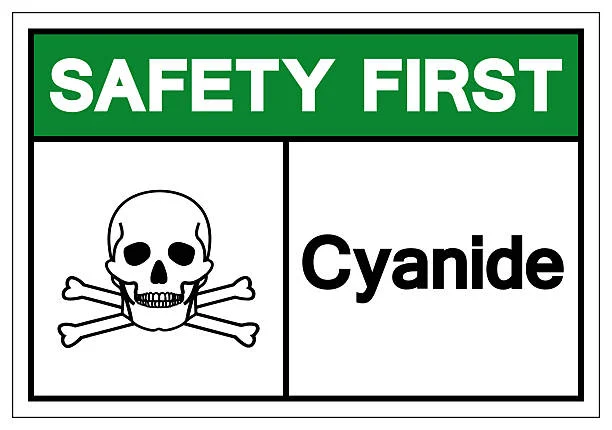
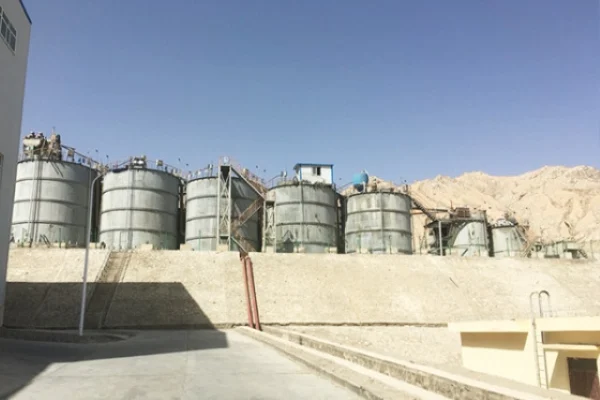
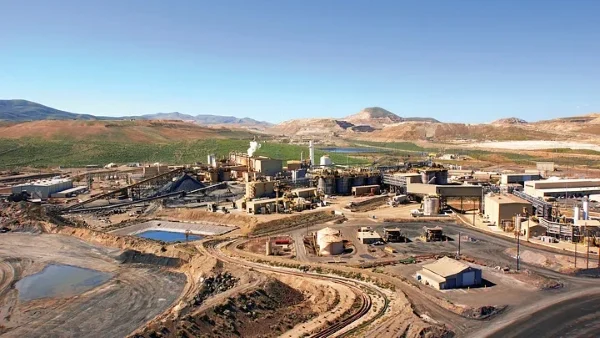

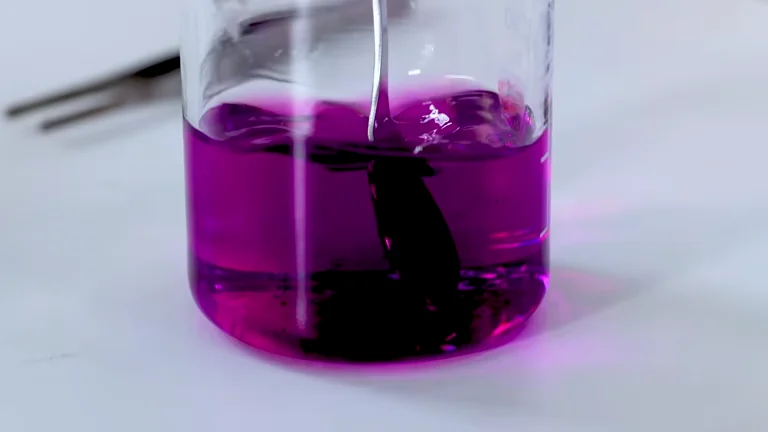





Online message consultation
Add comment: